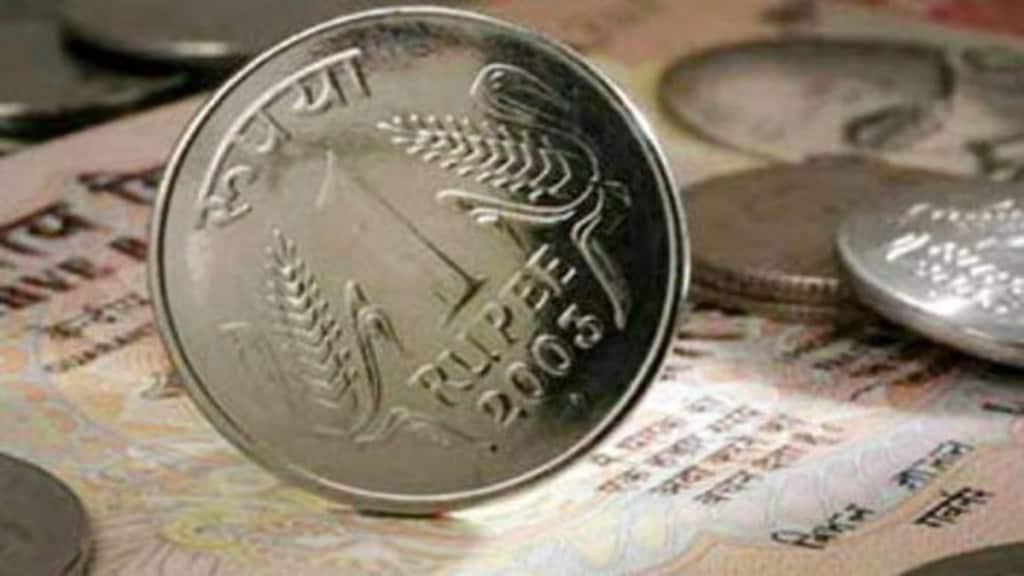By Shriram Subramanian
Insolvency and Bankruptcy Code (IBC) resolutions have traditionally been associated with significant losses for creditors, especially financial creditors taking deep haircuts. Early cases like Monnet Ispat (2018) and Alok Industries (2019) saw creditors get only a fraction of admitted claims. This left creditors, especially banks, frustrated and wary of the IBC’s efficacy in protecting their financial interests.
However, there are signs of the insolvency regime shifting to a more creditor-friendly framework. This has been fuelled by judicial support for claims in specific scenarios, respect for contractual terms, and deference to the commercial wisdom of the Committee of Creditors (CoC).
The early years of the IBC were marked by high-profile cases where creditors faced substantial losses. In Monnet Ispat, creditors took a haircut of nearly 80%, while in Alok Industries, recoveries were less than 10% of admitted claims. These cases reflected the harsh realities of a fledgling regime grappling with high levels of non-performing assets, particularly in steel and power sectors. As distressed assets came to the resolution table, creditors often faced a binary choice: accept significant haircuts or see firms go into liquidation, where recovery prospects were even bleaker.
This period underscored a key challenge for the IBC: striking a balance between rescuing companies and protecting creditor interests. The focus was on clearing bad debts from the banking system and quickly resolving cases to support economic stability.
Despite the challenges, a few landmark cases proved large recoveries were possible under the IBC. In Essar Steel (2019), creditors recovered nearly 90% of admitted claims, and in Binani Cement (2018), UltraTech Cement’s acquisition yielded over 100% recovery, with financial creditors receiving not just the principal but also accrued interest. This significant outcome underscored the IBC’s potential to attract high-quality bidders for valuable assets, a critical factor in maximising creditor recoveries. The Binani Cement case also highlighted an important legal principle: allowing interest to accrue during the resolution. This set a precedent for creditors receiving more than their admitted claims if contractually justified.
In the past year, cases like SKS Power (2024) and Sripriya Kumar (2023) have reinforced this positive trend. Sarda Energy’s acquisition of SKS Power resulted in 100% recovery for creditors, a rare but encouraging outcome that reflects the IBC’s increasing ability to facilitate full recoveries in certain scenarios. The National Company Law Appellate Tribunal (NCLAT) upheld Sarda Energy’s resolution plan, dismissing challenges from competing bidders and ensuring full recovery for financial creditors. The ruling reinforced that in cases where competitive bidding and strategic interest converge, creditors can achieve outcomes well beyond the early expectations set by the IBC.
Another pivotal case is Sripriya Kumar (2023), where creditors received more than the admitted Rs 34.27 crore because of a penal interest clause, ultimately recovering Rs 46 crore. The NCLAT ruled that the moratorium under IBC does not waive contractual obligations for interest, highlighting a judicial willingness to uphold creditors’ rights to receive additional payments when supported by contract terms. This ruling reaffirms the principle that contractual obligations remain valid, even in the context of insolvency, and can yield favourable recoveries when carefully structured.
Central to these developments is the judiciary’s consistent respect for the CoC’s “commercial wisdom”. The Supreme Court’s ruling in K Sashidhar (2019) established that courts will not typically intervene in CoC decisions unless there is a clear breach of law. This empowers creditors to make decisions based on commercial factors. Whether the CoC chooses to accept a deep haircut or pursue a full recovery, its decisions are rarely questioned by the judiciary, adding a layer of predictability and autonomy to the insolvency process.
The respect for the CoC’s decisions aligns with the IBC’s objective to place the interests of financial creditors at the forefront. Financial creditors, who typically bear the greatest financial risk, have substantial influence within the CoC. This structure is crucial for creditors facing cases where strategic recoveries are possible, as it allows them to maximise recoveries without undue interference.
The Delhi High Court’s recent direction to the Insolvency and Bankruptcy Board of India (IBBI) to frame a code of conduct for the CoC is another step toward enhancing creditor protections. In Kunwer Sachdev vs. IDBI Bank and Ors. (2024), the court asked the IBBI to establish guidelines for the CoC’s functioning within three months, with the goal of ensuring effective decision-making without diluting the CoC’s “commercial wisdom”. This code of conduct, once implemented, is expected to provide a standardised framework for CoC operations.
The IBC’s evolution from a regime linked with deep creditor losses to one capable of facilitating full or even excess recoveries marks a promising transformation. By upholding contractual rights, deferring to the CoC’s commercial judgments, and attracting competitive bidders for valuable assets, the IBC is gradually becoming a balanced framework that serves both debt resolution and creditor protection.
While haircuts remain a reality in many cases, the judiciary’s willingness to respect contractually defined interest payments and the CoC’s decisions has opened new avenues for favourable recoveries. As India’s insolvency regime matures, the IBC’s potential to deliver favourable outcomes has become increasingly evident.
The author is founder and MD, InGovern Research Services.
Disclaimer: Views expressed are personal and do not reflect the official position or policy of FinancialExpress.com. Reproducing this content without permission is prohibited.


